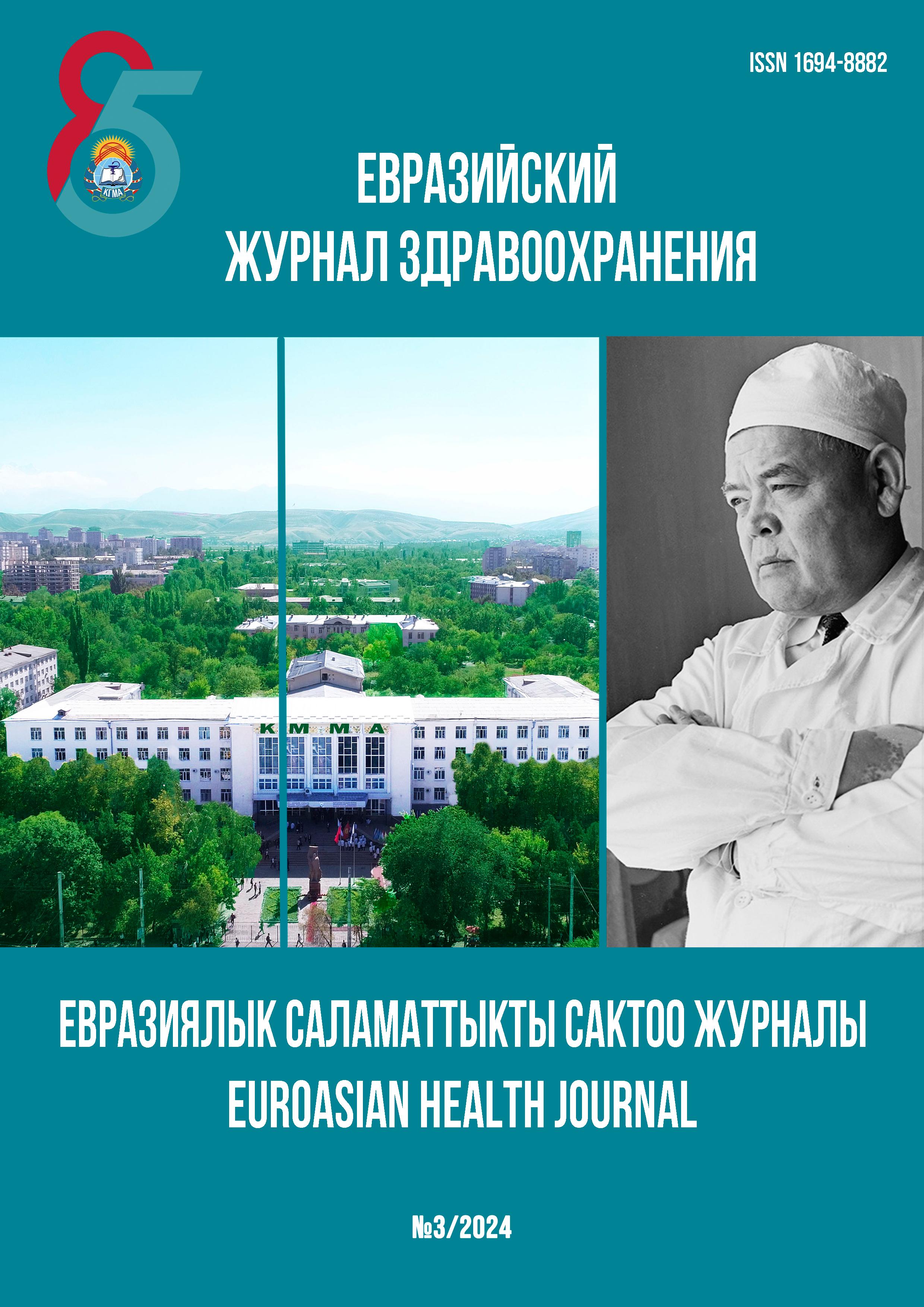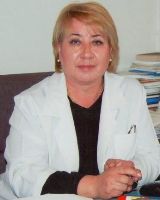ELECTROENCEPHALOGRAPHIC FEATURES IN PATIENTS WITH MOYAMOYA DISEASE
DOI:
https://doi.org/10.54890/1694-8882-2024-3-58Abstract
Moyamoya disease (MMD) is a chronic, occlusive cerebrovascular disease with an uncertain etiology characterized by bilateral steno-occlusive changes at the terminal portion of the internal carotid artery and an abnormal vascular network at the base of the brain. In view of the abnormal pathology of this progressive cerebral vasculopathy, it is not difficult to understand the recurrent and stereotyped symptoms in MMD, such as transient ischemic attack (TIA), ischemic, or hemorrhagic stroke. Seizure is another prominent transient event in MMD, with a prevalence of 30% in adults. Therefore, diagnostic and therapeutic dilemma arises from these transient neurological events.
Electroencephalography (EEG) is not commonly used as a diagnostic tool in MMD. However, it can play a relatively role in the differential diagnosis of TIA-like symptoms.
Keywords:
Moyamoyadisease, ischemic stroke, hemorrhagic stroke, Electroencephalography.References
1. Kim JS. Moyamoya disease: epidemiology, clinical features, and diagnosis. J Stroke. 2016;18(1):2–11. https://doi.org/10.5853/jos.2015.01627
2. Jin SC, Oh CW, Kwon OK, Hwang G, Bang JS, Kang HS, et al. Epilepsy after bypass surgery in adult moyamoya disease. Neurosurgery. 2011;68(5):1227–32. https://doi.org/10.1227/NEU.0b013e31820c045a
3. Rogers JM, Bechara J, Middleton S, Johnstone SJ. Acute EEG patterns associated with transient ischemic attack. Clin EEG Neurosci. 2019;50(3):196–204. https://doi.org/10.1177/1550059418790708
4. Cho A, Chae JH, Kim HM, Lim BC, Hwang H, Hwang, YS, et al. Electroencephalography in pediatric moyamoya disease: reappraisal of clinical value. Childs Nerv Syst. 2014;30(3):449–459. https://doi.org/10.1007/s00381-013-2215-4
5. Kuroda S, Kamiyama H, Isobe M, Houkin K, Abe H, Mitsumori K. Cerebral hemodynamics and “re-build-up” phenomenon on electroencephalogram in children with moyamoya disease. Childs Nerv Syst. 1995;11(4):214–219.
6. Kazumata K, Kuroda S, Houkin K, Abe H, Mitumori K. Regional cerebral hemodynamics during re-build-up phenomenon in childhood moyamoya disease. An analysis using 99mTc-HMPAO SPECT. Childs Nerv Syst. 1996;12(3):161–5. https://doi.org/10.1007/BF00266821
7. Qiao F, Kuroda S, Kamada K, Houkin K, Iwasaki Y. Source localization of the re-build up phenomenon in pediatric moyamoya disease-a dipole distribution analysis using MEG and SPECT. Childs Nerv Syst. 2003;19(10-11):760–764. https://doi.org/10.1007/s00381-003-0818-x
8. Touho H, Karasawa J, Shishido H, Morisako T, Yamada K, Nagai S, et al. Mechanism of the re-buildup phenomenon in moyamoya disease--analysis of local cerebral hemodynamics with intra-arterial digital subtraction angiography. Neurol Med Chir (Tokyo). 1990;30(10):721–726. https://doi.org/10.2176/nmc.30.721
9. Kim DS, Ko TS, Ra YS, Choi CG. Postoperative electroencephalogram for follow up of pediatric moyamoya disease. J Korean Med Sci. 2006;21(3):495–499. https://doi.org/10.3346/jkms.2006.21.3.495
10. Boulos MI, Lena S, Han J, Mikulis D, Tymianski M, Jaigobin C, et al. Novel EEG pattern associated with impaired cerebrovascular reserve in moyamoya disease. Clin Neurophysiol. 2014;125(2):422–425. https://doi.org/10.1016/j.clinph. 2013.06.026







